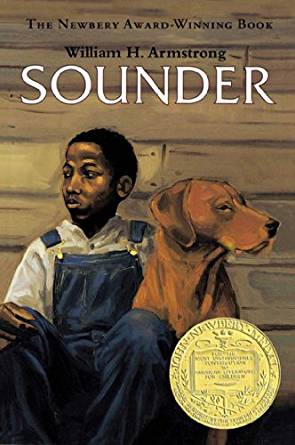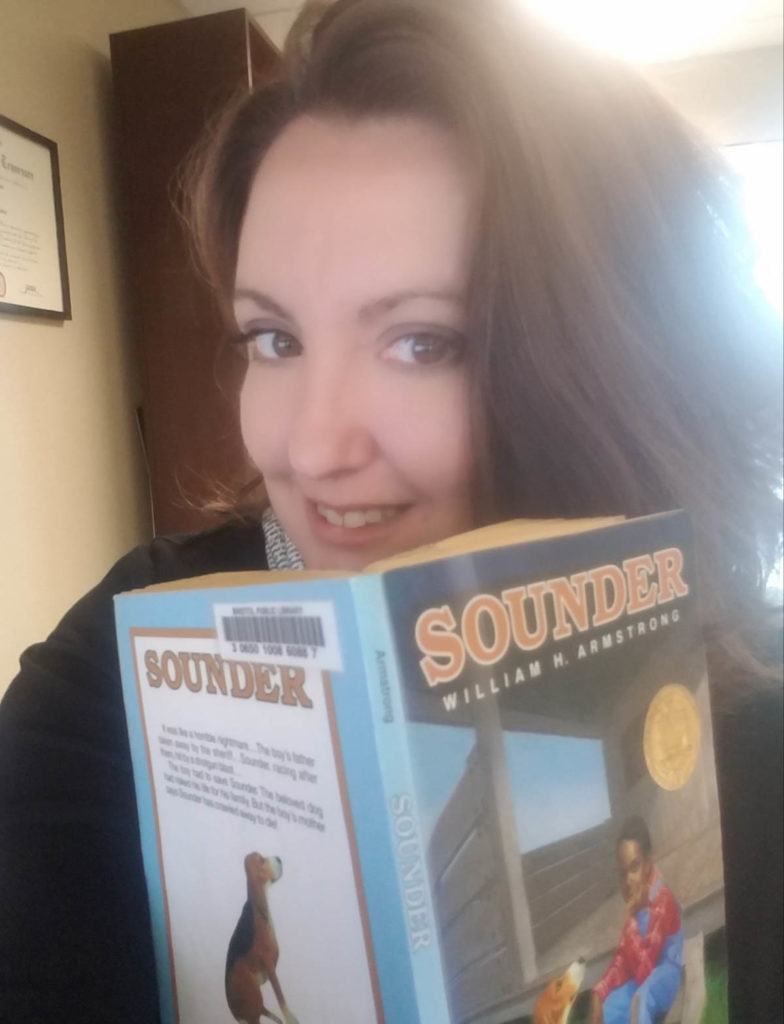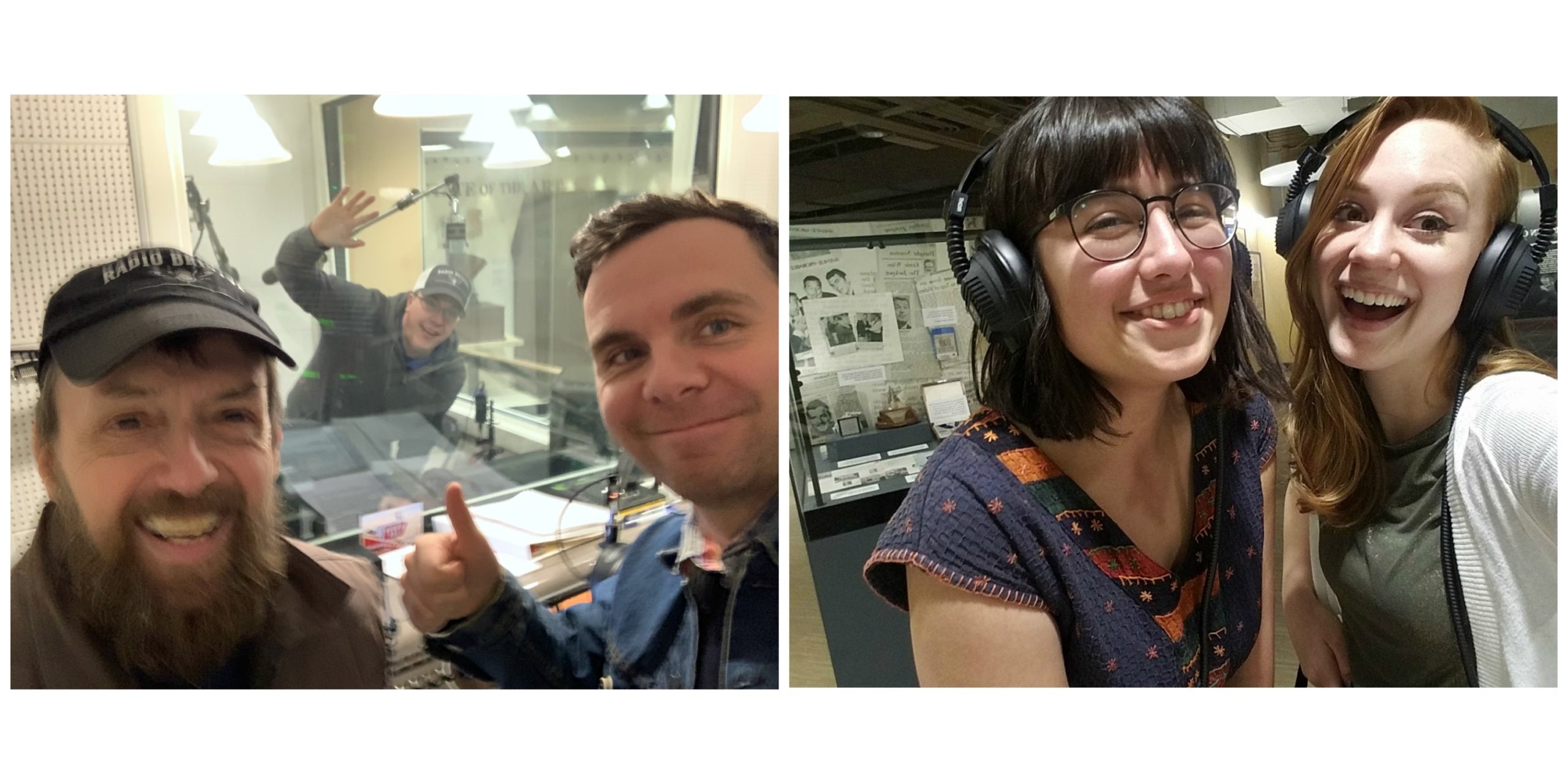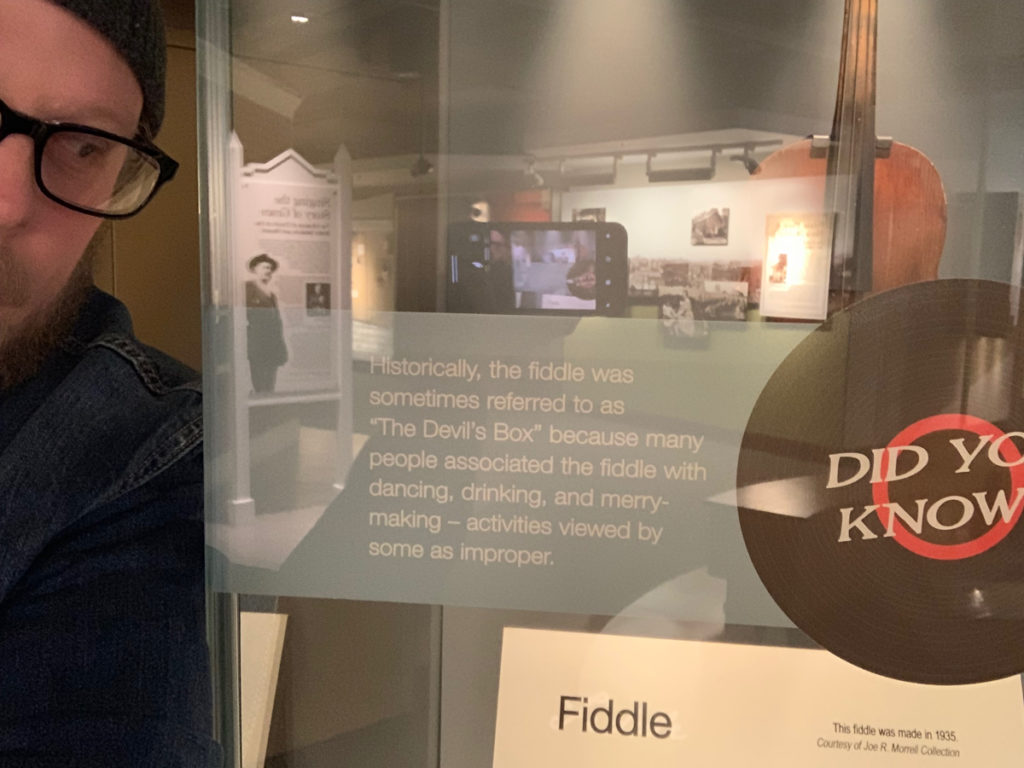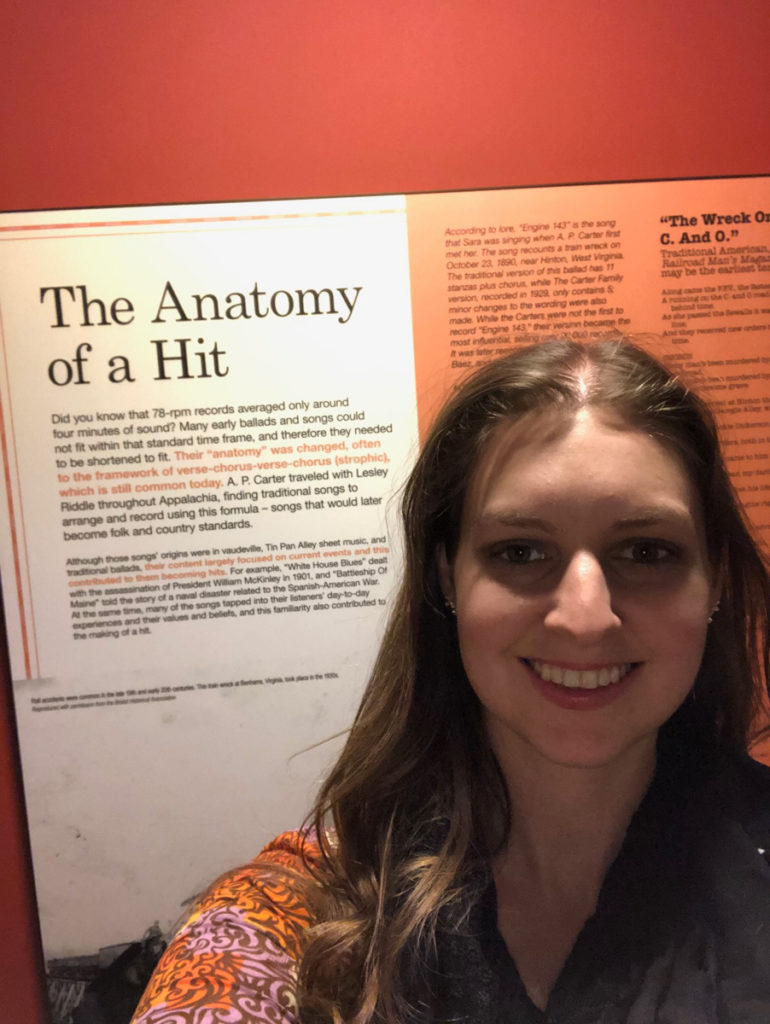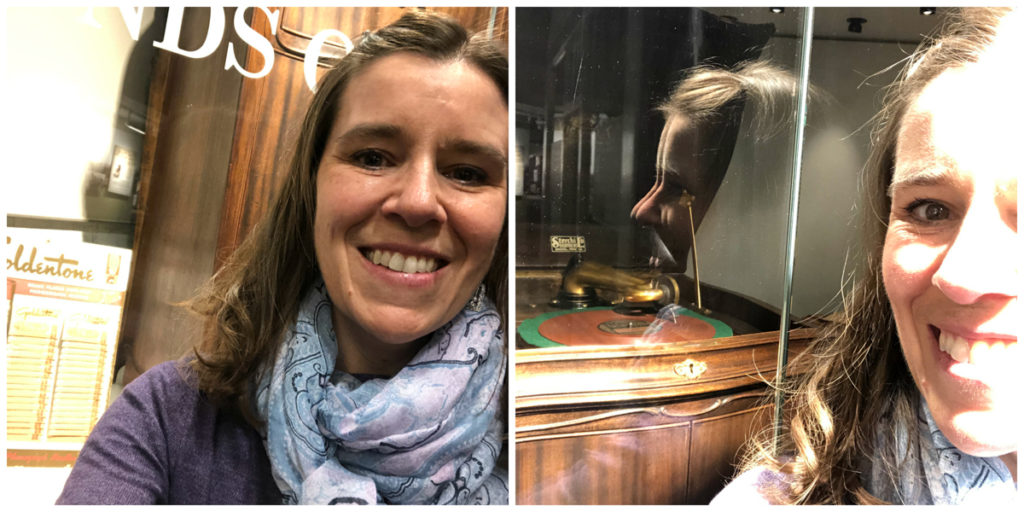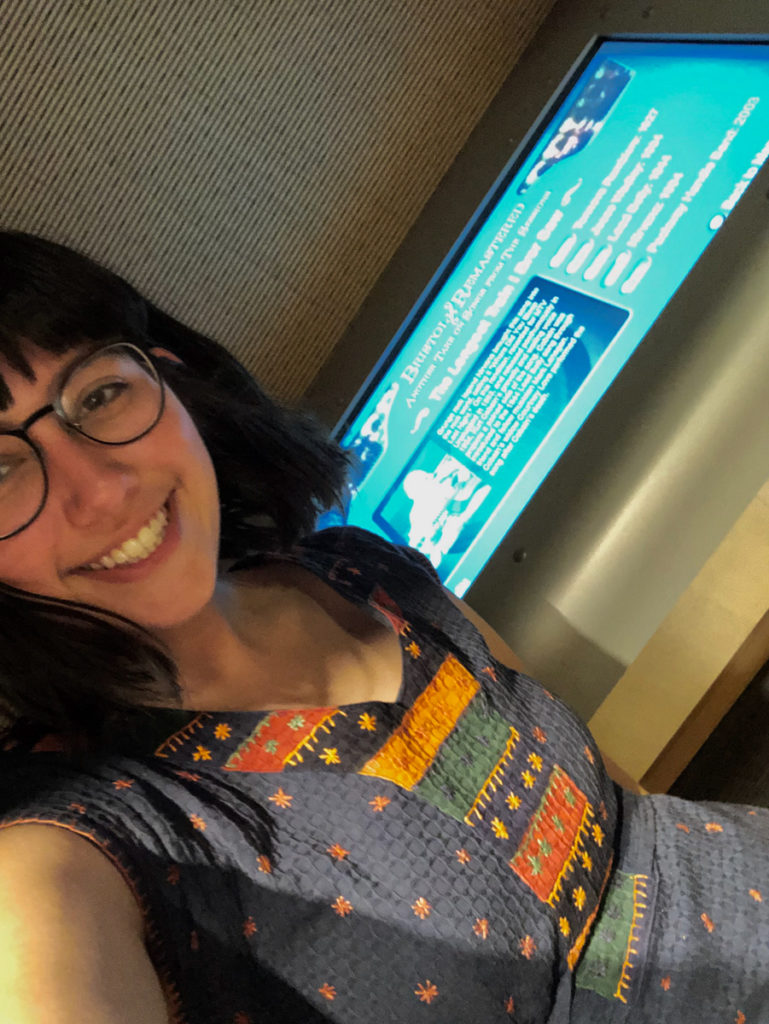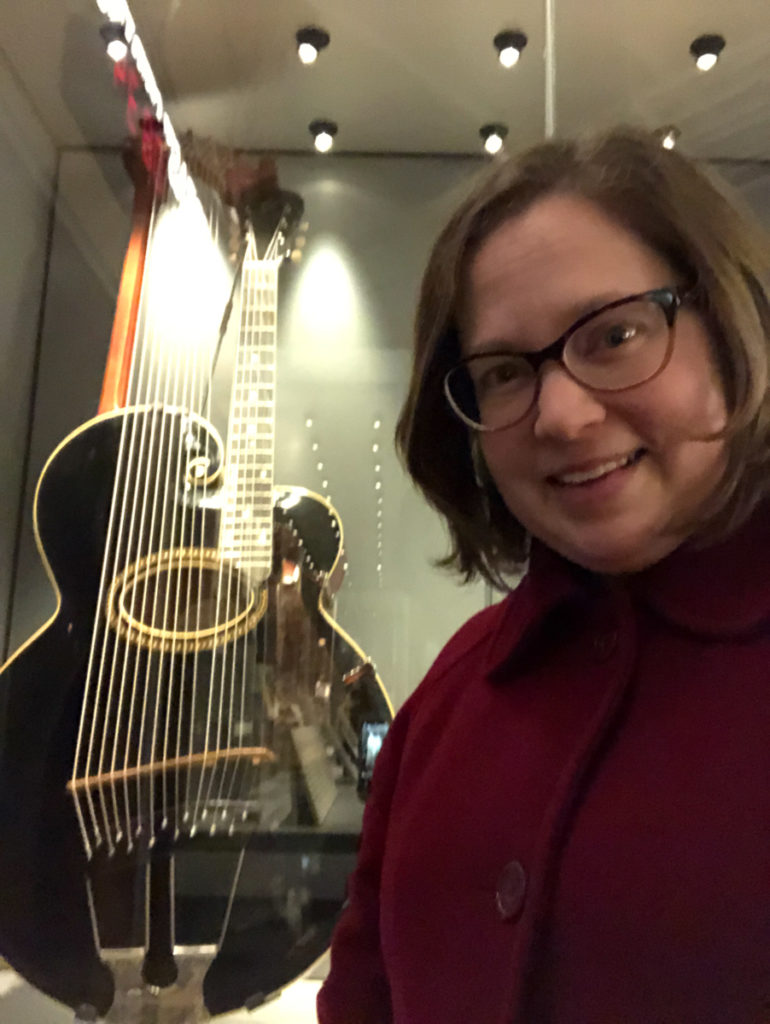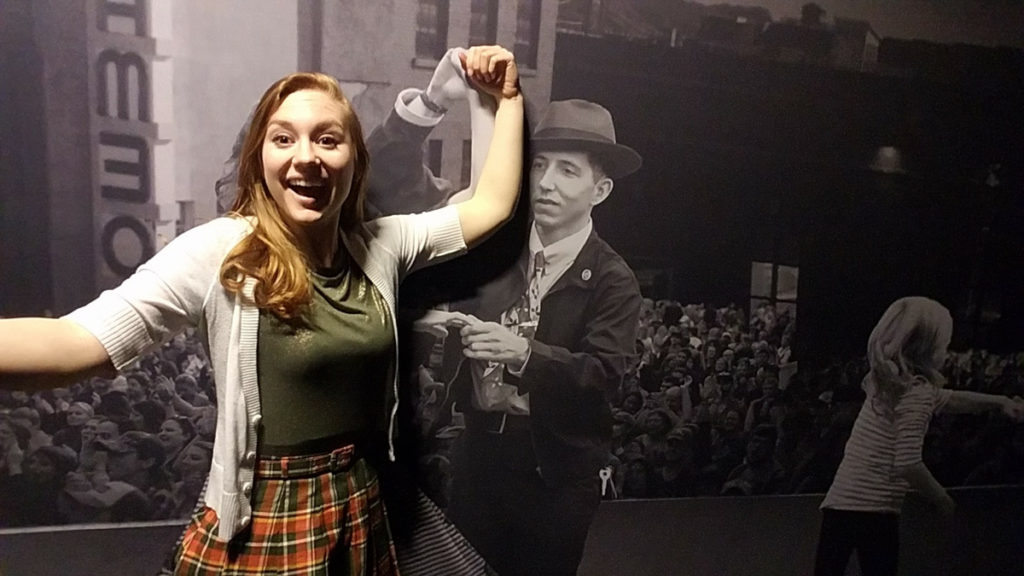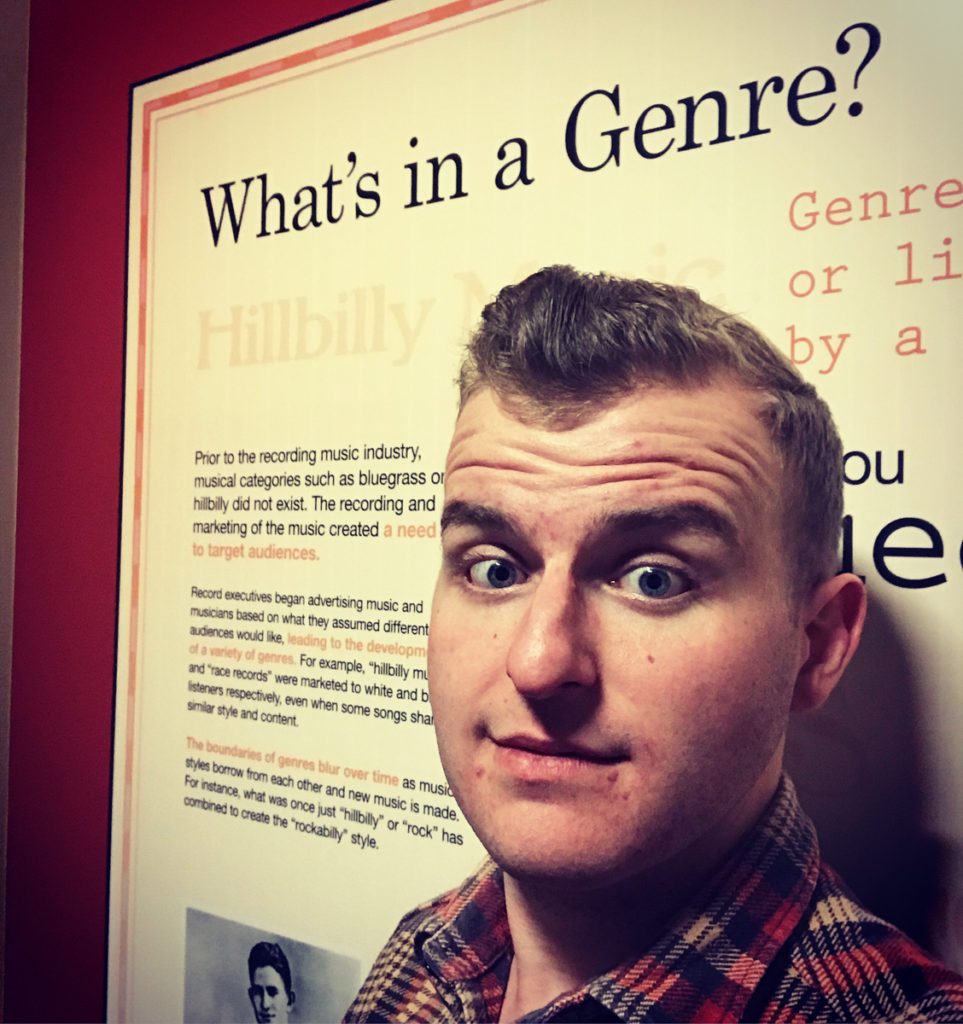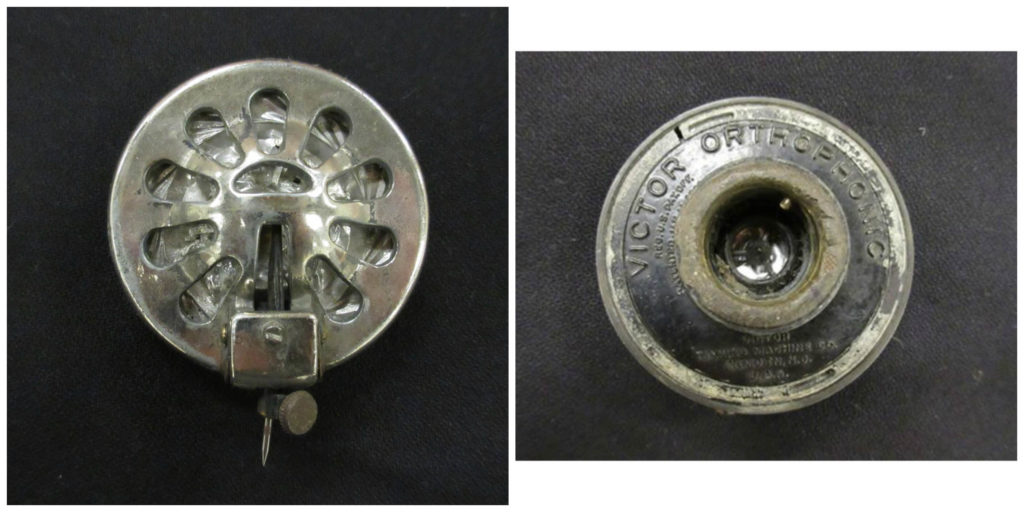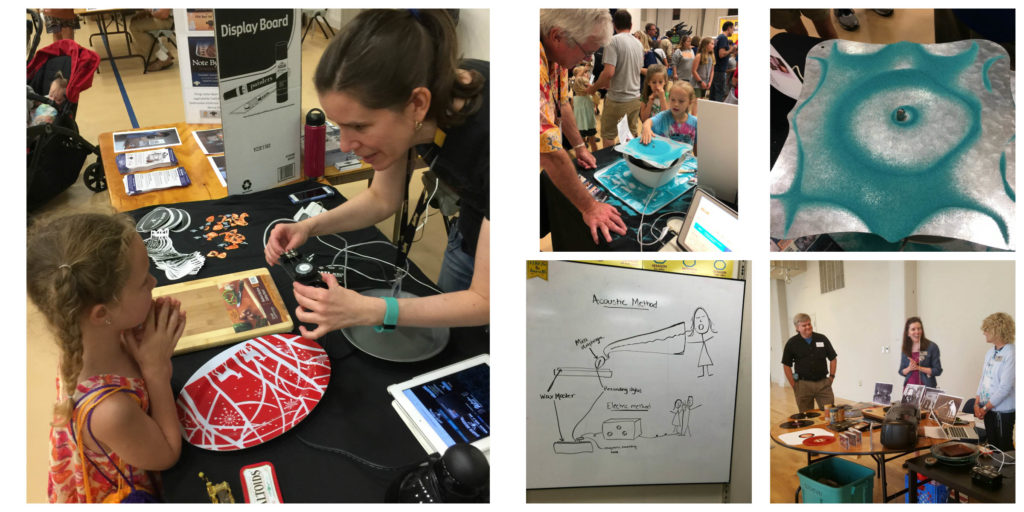Every people has to have its own stories…
If we don’t have our own stories then we don’t have our own soul:
we don’t have our own deepest possession, which is ourselves and our own unfolding…
Unless we cherish and savour our own [stories],
then we’re not going to know who we are and…we’ll become strangers to ourselves…
We’ve got to hold up a mirror to ourselves and create our own stories.
~ Leonard N Cohen
Writing is a valuable, sometimes vital, tool in human endeavour.
Story writing is a particular talent: the memorialisation of personal experiences, tales, and narratives bequeathed by family or friends, teachers or mentors.
The Origin Project is an in-school writing program co-founded by best-selling author and film director Adriana Trigiani and myself, an education advocate and long-time friend. It sprouted six years ago from the idea that Appalachia’s stories are national treasures, and its children should celebrate their roots. Our program inspires young people to discover and liberate their inner voices through the craft of writing about their unique origins; it celebrates diversity and inclusion. The Origin Project provides young people with the literary tools and confidence to harvest their unique heritages; it galvanizes their curiosity about, and respect for, each other.

Starting from 40 students in Big Stone Gap, Adri’s hometown, The Origin Project has grown organically to serve more than 1,500 students in 17 schools. We regularly import renowned authors – so far, David Baldacci, Meg Wolitzer, Margot Lee Shetterly, Mary Hogan, and Laurie Eustis – to meet with the students and share their personal writing experiences.
Each fall, our students are given a personal journal and thereafter work on multiple projects or stories that speak of and to their heritage. Their work is professionally published at the end of the year in an anthology, presented to each student and made available in school and public libraries. The Origin Project is integrated with the Virginia Standards of Learning curriculum and collaborates with each student at her/his skill level to conceive, develop, and hone ideas into short stories, poems, plays, interviews, or other art.
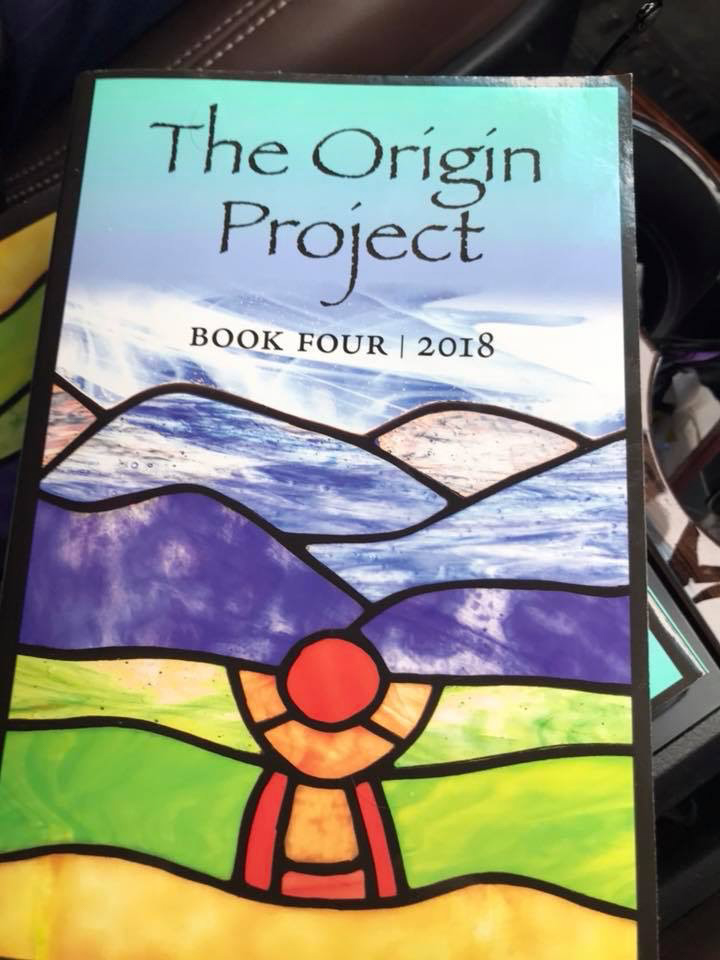
It is a joyful surprise to read our students’ work, witness their growth, and observe the budding of their self-esteem. Through their creative writing with The Origin Project, our students “hold up a mirror” to themselves and thereby reclaim their “own deepest possession”: themselves and their “own unfolding.”
When Adri asked me to join her in founding The Origin Project, I had never been to Appalachia; upon my arrival, I even mispronounced its name. Over the past six years, I have fallen in love with the rolling blue mountains framing this extraordinary place that is home to magical people with unique stories to tell. Listening to students share tales of their heritage – of celebrations of Mamaws and Papaws and of personal successes and heartaches – has enriched my own life. I believe other readers of our annual anthologies experience similar reactions. Virginia has become my home-away-from-home.
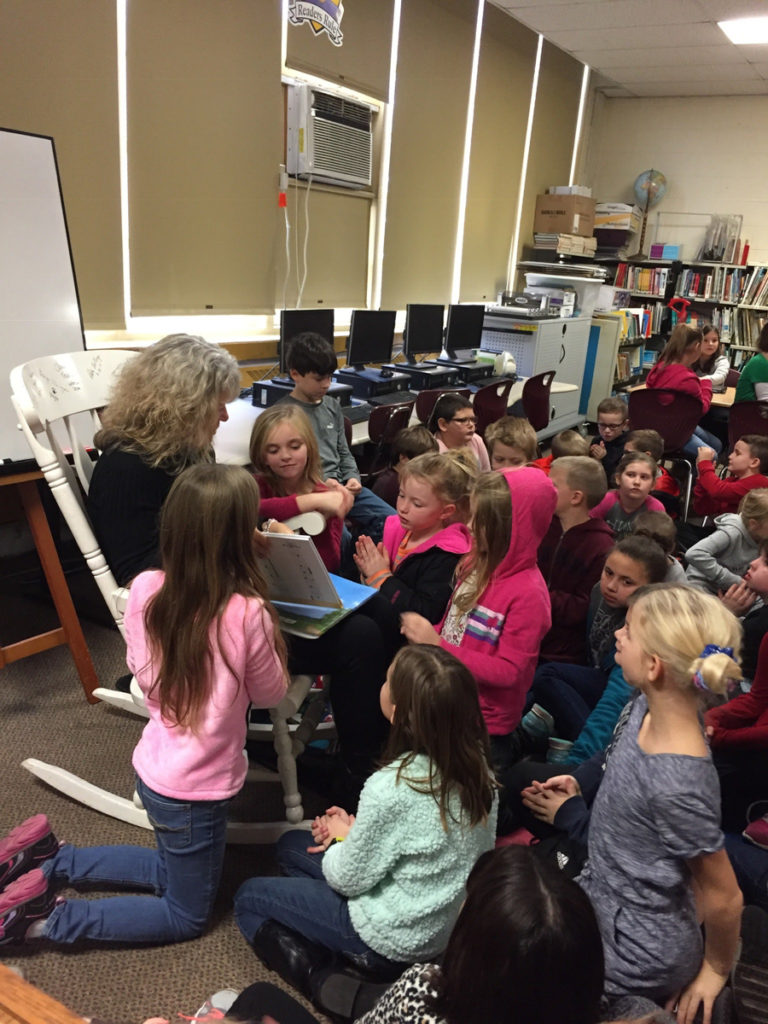
Last year The Origin Project embarked on a collaboration with the Birthplace of Country Music. We brought a group of our students to the Birthplace of Country Music Museum to tour For All the World to See: Visual Culture and the Struggle for Civil Rights, a temporary special exhibit made possible through NEH on the Road, a special initiative of the National Endowment for the Humanities, and Mid-America Arts Alliance. The experience provided a unique opportunity for our young writers to discover, through imagery portraying eye-opening events, some of the history of the Civil Rights movement in Appalachia and beyond. As Head Curator René Rodgers guided and informed our students, we learned that much of what was portrayed in this exquisite exhibit was rarely read or discussed in their curriculum. The culmination of the visit to the museum was a poetry workshop led by Langley Shazor, poet and president of The Casual Word. Langley provided the students with typewriters to drop them into the timeframe of the exhibit, and after a lesson on how to operate them, the students created emotional, profound poems that will be published in this year’s anthology.
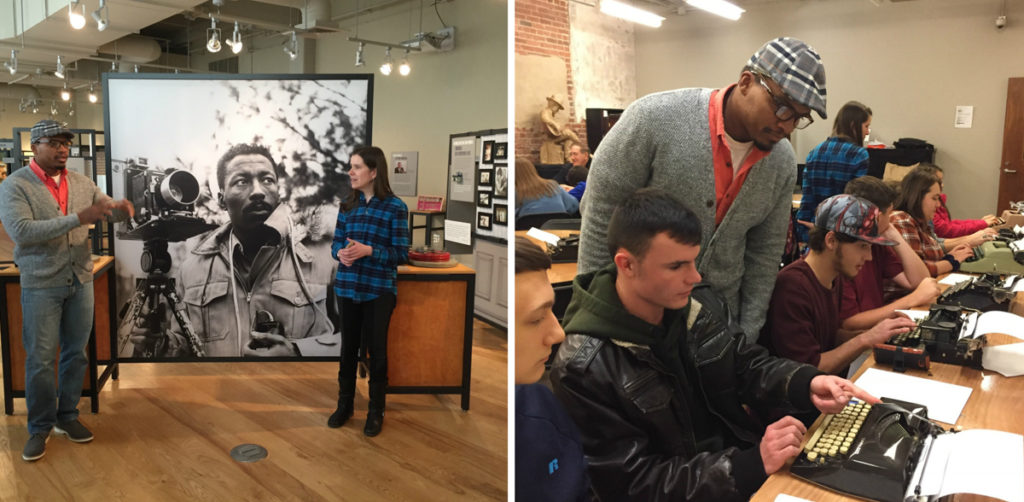
In the weeks ahead, we look forward to exposing as many of our students as possible to Reading Appalachia: Voices from Children’s Literature, another temporary special exhibit on loan from the East Tennessee Historical Society and currently on display at the museum – one that will provide a priceless opportunity for them to “walk into the pages of a story of childhood in Appalachia!”
Eagerly awaiting the arrival of The Origin Project Book Five, we are busy planning five unveilings to celebrate the creations of our published authors. We are thrilled and excited to hold one of these events at the Birthplace of Country Music Museum in May. We are deeply grateful to these new partners and friends, and look forward to many collaborations in the future!



